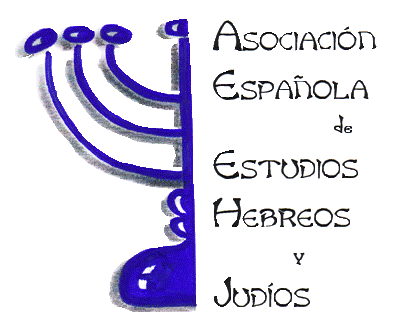Fecha: Mié, 07-02-2024; 09:00 hasta Jue, 08-02-2024; 15:00
Room Menéndez Pidal (for attendance in person and more information contact Elvira Martín Contreras elvira.martin@csic.es)
Organized by Elvira Martín Contreras (ILC-CSIC) and Jonathan Loopstra (Redeemer University)
This project is supported in part by funding from the Canadian Social Sciences and Humanities Research Council
We do not have a comprehensive picture of the many ways Jewish, Syriac Christian, and Muslim scribes developed pioneering tools such as the “Masora” to preserve and teach their holy scriptures. The impressive work of scribes from all three traditions in developing formal innovations, techniques of textual control, and marginal annotations to their scriptures remains relatively unacknowledged. How did scribal practices develop among Hebrew, Arabic, and Syriac scribes in the period of the eighth through twelfth centuries? In what ways might these developments overlap, either through direct borrowing or more informally? Which previously held assumptions about these manuscripts have now been proved false, given the growing number of digitized manuscripts and studies? And how can we best move forward in studying these complex medieval guides to the Hebrew, Syriac, and Arabic scriptures?
The purpose of this symposium is to create a forum of specialists in different language traditions to share insights into methods used by medieval scribes to read and preserve their holy books, to foster a dialogue between diverse fields of studies, and to produce an overview of the subject that at present has not been achieved.

Comentarios recientes